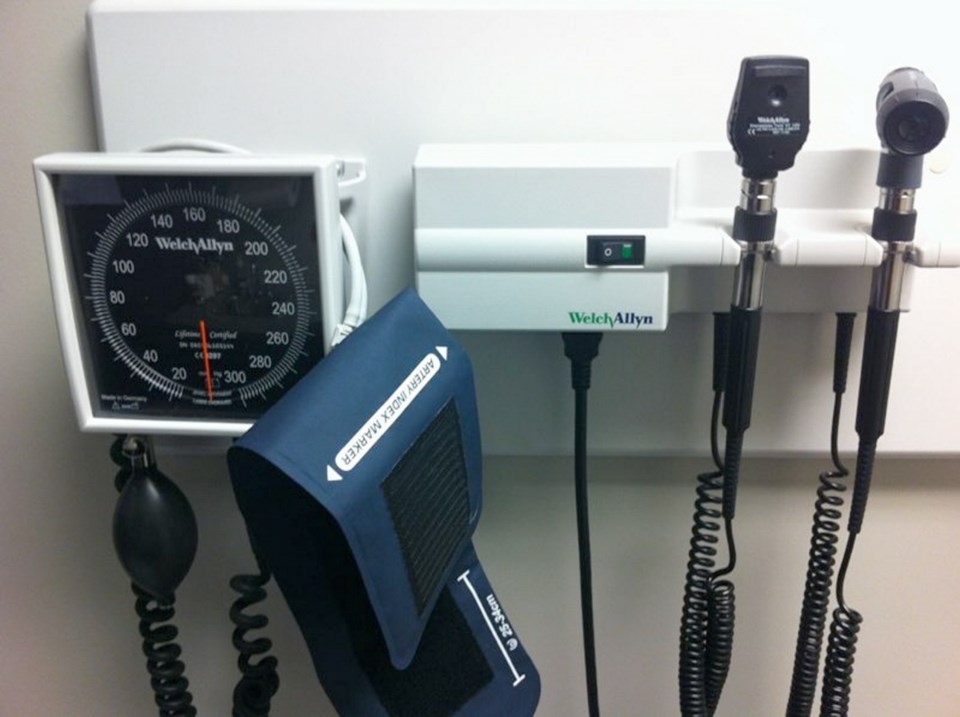Why is it that about 700,000 British Columbians cannot find a family physician?
There are a variety of reasons, and they are not all about money. Research shows that if you pay GPs more, some will simply see fewer patients. They have a target income, and once that’s reached, other priorities become more important.
Still, as in any other walk of life, money does matter. So let’s do some math.
But first, a warning. The figures that follow are all averages. Some physicians will make more, others less. Some might be semi-retired and see only a handful of patients. Nevertheless, these are the Health Ministry's own numbers, dated 2018-19.
Family physicians in B.C. bill, again on average, $162,000 a year. That’s their gross income. Out of it, as with most doctors, they have to pay overhead and office costs.
(I’m talking here about GPs in private practice who bill the government on a fee-for-service basis. These are by far the majority.)
Now consider this. The average ophthalmologist (or eye specialist) bills $971,000 annually.
That’s six times what a GP makes. Heck, it’s two and a half times what a neurosurgeon gets. Among the province’s 100 top-billing physicians, 62 are ophthalmologists. What on earth is going on?
Part of the explanation, but only a small part, is that it takes longer to train as a medical specialist than it does to become a family physician. So fair enough. A degree of additional compensation is warranted, but nothing like the amounts involved.
For the larger issue is that no rationale exists for the way some specialties are paid. I’ve given two extremes here. But throughout the roughly 40 specialties, there is neither rhyme nor reason behind a number of the schedules.
Changes in technology play a part. Over the past few decades, the time and effort required to carry out some medical procedures has declined dramatically.
For example, it used to take an hour or more to remove an eye cataract — one of the commonest operations in ophthalmology. There are 20,000 patients, province-wide, waiting for this procedure.
But now it takes only 10 to 15 minutes, meaning many more procedures can be billed in a given day. The fee schedule has not kept up with changes like this.
Yet efforts at reform run head-on into powerful vested interests.
Some years back, the Health Ministry proposed a reduction in the fee for cataracts. It took six years and a court case to deal with this single procedure.
As a result, several specialities, with ophthalmology in the lead, are rewarded far beyond either the complexities involved or the length of training required.
There is another factor that should be considered in any fair fee schedule, namely the variety and pressure of the work. Being a family physician is difficult, draining and sometimes harrowing.
Any kind of diagnosis can walk through the door. In addition, GPs have to keep up with uncountable new drugs, emerging technologies and the state of specialty services so they can refer their patients appropriately.
HYou can understand if they feel like the last line of defence in a health-care system chronically underfunded.
So why does this situation persist? Why is the fee system not brought into line with on-the-ground realities?
Largely, the responsibility rests with the physicians’ representative association, Doctors of B.C. Each year, the Health Ministry provides an overall funding increase in line with whatever was negotiated.
But with a few exceptions, Doctors of B.C. decides how to allocate that funding pool among the various specialties. If GPs are underpaid, and they are, their own association is largely to blame.
What we’re seeing is medical politics at work. Specialists are the big dogs. Family physicians are grist to the mill.
As I said at the outset, other factors are involved. But to a considerable extent, this is a case of physician, heal thyself.



